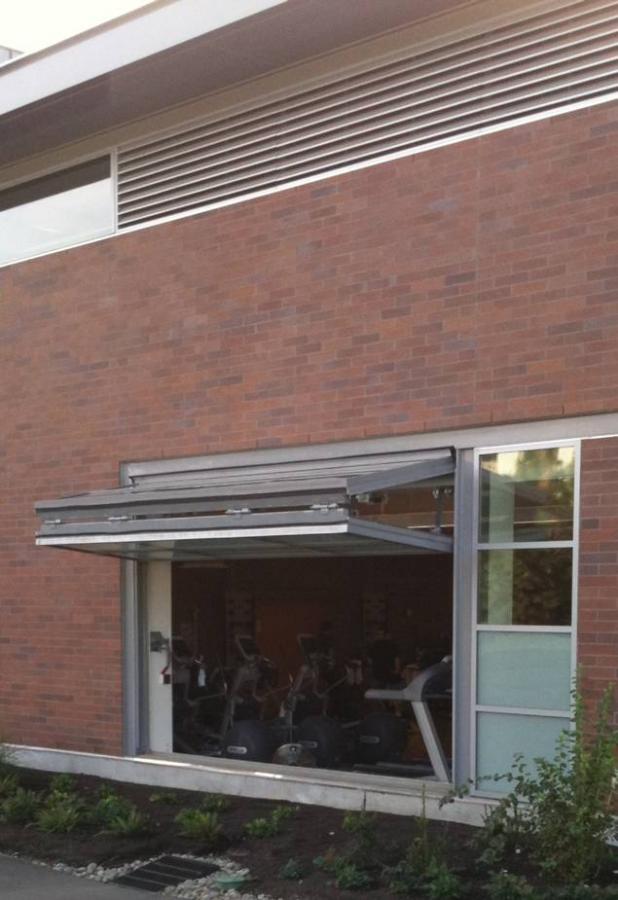Sustainable Practices - Recent Energy Efficiency Projects
1. Projects Funded by the Bond and a State Economic Stimulus Allocation
- The Center Building was re-roofed with a single white membrane long-life roof system and additional insulation.
- A remodel of Building 2 decreased energy use with:
- A new roof with increased insulation.
- Lighting efficiency improvements.
- A heat recovery system that uses excess heat from the data center to heat the rest of the building.
- Building 4 and Building 5 remodels decreased energy use with:
- New roofs with increased insulation.
- Lighting efficiency improvements.
- Natural ventilation strategies that decrease the need to mechanically heat and cool the buildings.
- Improved efficiency in the heating, ventilation and air conditioning units.
- A laundry dryer heat recovery system for the college's commercial laundry.
- Exterior lighting controls were upgraded on the main campus to help ensure that exterior lights are not on during daylight hours. Perimeter parking lot lights also operate with a motion sensor to reduce the amount of light in the parking lot areas that are not occupied during operational hours. Over 365 compact fluorescent fixtures located in the soffits of main campus buildings were replaced with high-efficiency LED fixtures. At least ninety-five percent of all exterior lighting at the main campus was also converted to LED.
- Building-level utility sub-metering for electricity, natural gas, domestic hot water, domestic cold water, irrigation, heating water, and chilled water is being installed. This sub-metering will help the college monitor and develop energy and water conservation projects.
2. Health and Wellness Building
A new Health and Wellness Building (Building 30) was designed to operate using 42% less energy than a traditional building. The college expects the building to receive LEED Gold certification. This project was constructed using state capital construction funds and donations.
3. Building Automation System Strategic Upgrades
Building automation system upgrades are being phased in from 2010 through approximately 2015 using the general fund major maintenance budget. These upgrades will help the college better control heating, ventilation and air conditioning systems for energy conservation and occupant comfort.
4. Temperature Set-Points
Seasonal indoor temperature set-point standards are used that optimize energy efficiency while maintaining comfort and quality learning environments. Employees are encouraged to dress in layers during cooler months of the year to optimize individual comfort. Winter set points are 68oF to 72oF. Summer set points are 72oF to 76oF.

